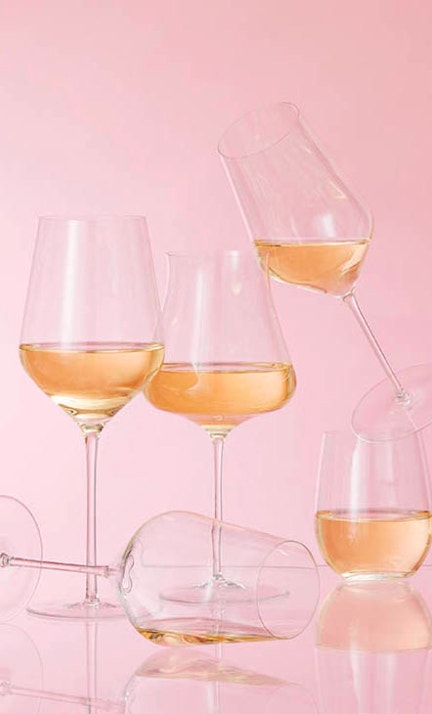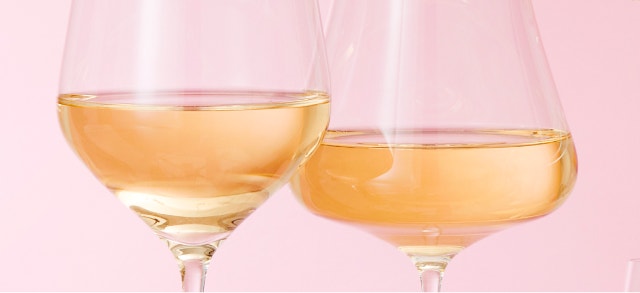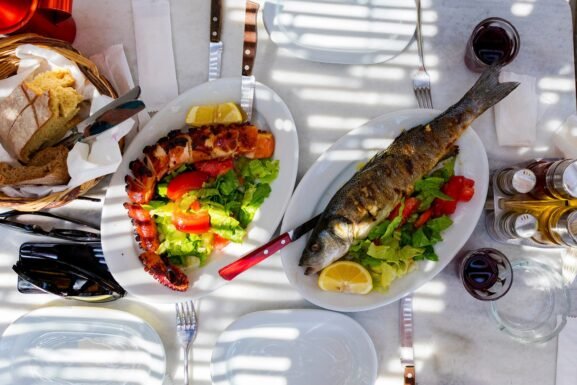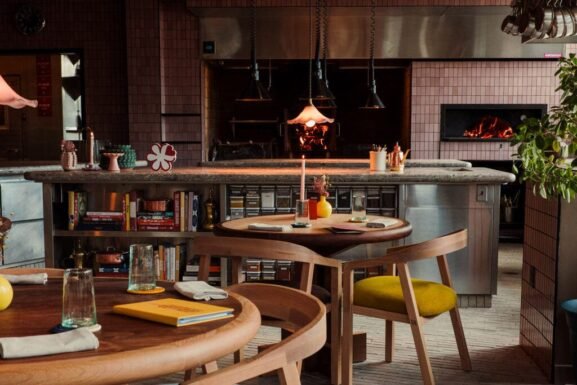Women Are Flipping the Script on ‘Male’ Drinks Spaces
Mallory O’Meara, author of Girly Drinks: A World History of Women and Alcohol, contends that all drinks are “girly” because women have always been the backbone of the alcohol industry. But it’s impossible to ignore, she says, the strong correlation between a culture’s female drinking norms and the freedoms that culture affords women.
“If you want to know how a society treats its women, all you have to do is look into the bottom of a glass,” O’Meara writes. Translation: A society that imposes strict rules on a woman’s drinking is also likely to oppress those women.
Consider that some bars in America prohibited unaccompanied women until as late as the 1970s. Bars were the “last stronghold of masculinity,” writes historian Georgina Hickey in the journal Feminist Studies. Even today, the male hold over many drinking spaces remains strong.
But, slowly, such walls seem to be crumbling, one brick at a time. However, women in the beverage industry know all too well that it takes more than a few bricks to bring the whole thing down.
Flipping the Script on Historically Male Spaces
Jenny Nguyen, the owner of The Sports Bra in Portland, Oregon, exemplifies how the drinking landscape’s future really is female. Since the Sports Bra’s opening in 2022, Nguyen has redefined the American sports bar by putting women front and center.
Like any sports bar, The Sports Bra features numerous televisions broadcasting sports, but with one major difference: The games shown here feature exclusively female athletes. To Nguyen’s knowledge, it’s the only sports bar of its kind in America dedicating its T.V. time to women’s sports.
“I never intended to redefine anything,” Nguyen says. “I wanted it to feel very traditional in that way, but to just make these tiny little changes that, to me, make all the difference.”
So what makes this place different from any other sports bar, other than what’s on the screen? To name a few: The entire joint is kitted out with a large collection of female athlete memorabilia. The restrooms are non-gendered and stocked with pads, tampons and a changing table.
The beverage selection also highlights female innovation. The cocktail menu features Freeland Spirits, a local female-owned distillery where women produce boutique gin, bourbon and canned cocktails. Meanwhile, female energy also dominates Ngyuen’s wine list with makers like Helioterra Wines. Spanning Pinot Noir, aromatic whites and Rhône variety reds, these wines are rarely on the menu at a typical American sports bar.
“I appreciate Jenny and her approach at The Sports Bra to support women. Of course, her mission is to support women athletes, but the fact that she extends that support to women in food and beverage, too, is spot on,” says Anne Hubatch, founder and winemaker at Helioterra Wines. “Both these industries are male-dominated and it’s important not only to showcase women, but to demonstrate that they are just as good, if not better, than their male counterparts.”
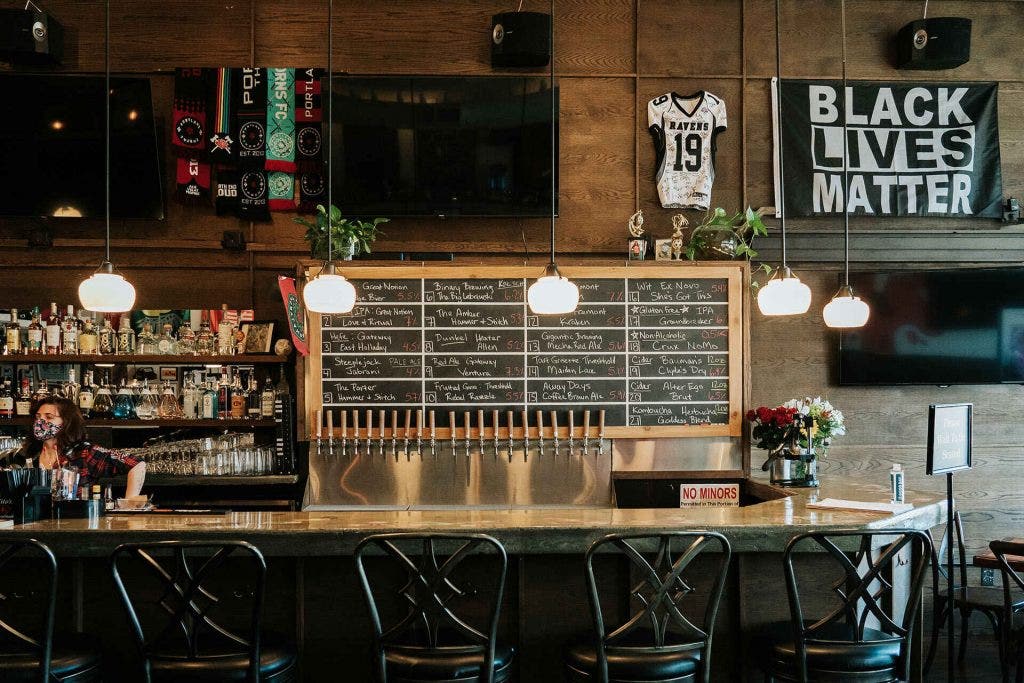
Leveling the Playing Field
According to the U.S. Census Bureau, as of 2020, women are still only making 83 cents to a man’s dollar. Women of color are at an even greater disadvantage. While the gender pay gap remains an issue, recent Pew Research findings show a slight narrowing of that gap, attributable in large part to gains women have made in certain dimensions such as educational attainment, occupational segregation and work experience. Yet, women as a whole continue to dominate lower-paying occupations, thereby contributing to gender differences in pay.
Inequalities facing women underpin a growing movement in the hospitality space to lift up female narratives. For some, that means giving female makers a drinks menu spotlight.
Case in point, Sake No Hana, a chic Japanese restaurant New York City, features an all-woman-made sake flight. Aptly named “Women In Power,” the offering is the first of its kind in America, the restaurant believes.
Featuring female sake brewers is particularly poignant because sake remains a category with significant barriers to women. Of the approximately 1,500 registered sake breweries in Japan, only 50 of them are currently helmed by women. This may be because women have a long history in Japan of exclusion in drinking spaces: They were banned from making sake professionally during the 1600s, which is when the saying, “when a woman enters the brewery, the sake will spoil” was coined.
Even today, there are generations and regions of Japan where a woman entering a bar is deemed inappropriate, according to Megan Ardizoni, the vice president of the east region of Tao Group, which owns Sake No Hana. She says that the “Women In Power” flight is a way to bring the conversation to dining guests.
“First, and foremost, these sakes are part of the program because they are some of the best sakes out there,” Ardizoni says. “As a woman in the beverage industry, I’m no stranger to being the only one in a room full of men, and I want to see more,” Ardizoni says. “Every time a woman is seen crushing the game in a male-dominated industry, it’s inspiring and empowers other women to join the ranks.”

Crafting Female-Forward Spaces
When Gina Chersevani, the proprietor of Last Call Bar in Washington, D.C., was coming up through the ranks, she struggled to find a lender willing to fund a female bar owner. Now that she’s on the other side of the bar, she’s made it her mission to create female-forward spaces.
That starts with the right attitude. “My mom raised me to never let ‘em see me cry,” she laughs. After all, crying is for girls, so goes the narrative. That way of thinking has no place at her bars today. Chersevani wants her properties to feel like safe spaces to emote. “Oh, yeah! There’s crying at the bar,” she laughs.
But making bars truly safe spaces for women goes beyond emotional considerations. When a woman goes to the bathroom, Chersevani‘s bartenders are trained to cover the guest’s drink if she forgets. Considering alcohol is the preferred substance used in drug-related sexual assault on college campuses, this measure is widely adopted by bars like Chersevani’s. According to Alcohol.org, around half of those surveyed in a poll reported having their drinks or food spiked at least once.
Katie Garrett, bourbon expert and owner of Old Hickory Whiskey Bar and The Kennedy in Pensacola, Florida, can relate. She recalls a trip to Kentucky where she was drugged. “One minute I was talking with friends at the bar, and the next they were thankfully carrying me safely home.” Garrett isn’t alone. It’s why the Kentucky Department of Alcoholic Beverage Control now provides Louisville bars with free date rape drug tests for customers.
Back in Pensacola, Garrett’s experience inspires her to help keep her customers safe. Bartenders are schooled on keeping an eye out for their female guests in addition to covering drinks, which she says is also their protocol. If a female patron seems uncomfortable in some way, employees strike up a conversation with them like they’re old friends until they can assure her safety.
Garrett recognizes that even small changes can have a big impact when creating female-first spaces. Her manager at The Kennedy happens to be male. But, after hearing his female employees ask each other for tampons on more than one occasion, the bar started stocking the bathrooms with feminine hygiene products. “We’re no longer going to hide the fact that women have periods!” Garrett says. The move, she believes, is a simple yet necessary way to help women customers feel comfortable.
Down the street at Garrett’s Old Hickory, over 700 whiskeys line the bar’s walls. Yet, only about 10% of them are created by female makers. Garrett hopes to see that percentage increase as more women climb the ladder, following in the footsteps of female whiskey innovators such as Fawn Weaver, owner of Uncle Nearest, and Marianne Eaves, Kentucky’s first female master distiller since Prohibition.
She says that her two female lead bartenders at Old Hickory are “very female-power oriented… and are very big at pushing that narrative of women behind the scenes of making bourbon.” Whiskey is stereotypically considered a male drink, but that’s a notion best left in the past. If a female customer is new to bourbon, Garrett says, the narrative of a woman-made bourbon often helps them warm up to trying it. The perspective often is, “If they make it, I can drink it,” she shares.
To those who say women can’t do what men can do—and do it even better—Garrett says that science disagrees. “Women have better palates, anyway. Science says so,” she explains, citing a Yale study that women have more taste buds than men. Whether or not that’s the case, all of the women interviewed for this article stress that the female perspective deserves to be better represented in the drinks space.
There remain, of course, plenty of strides yet to be made. But, with more women like these leading the charge, perhaps the future of drinking truly can be female.

